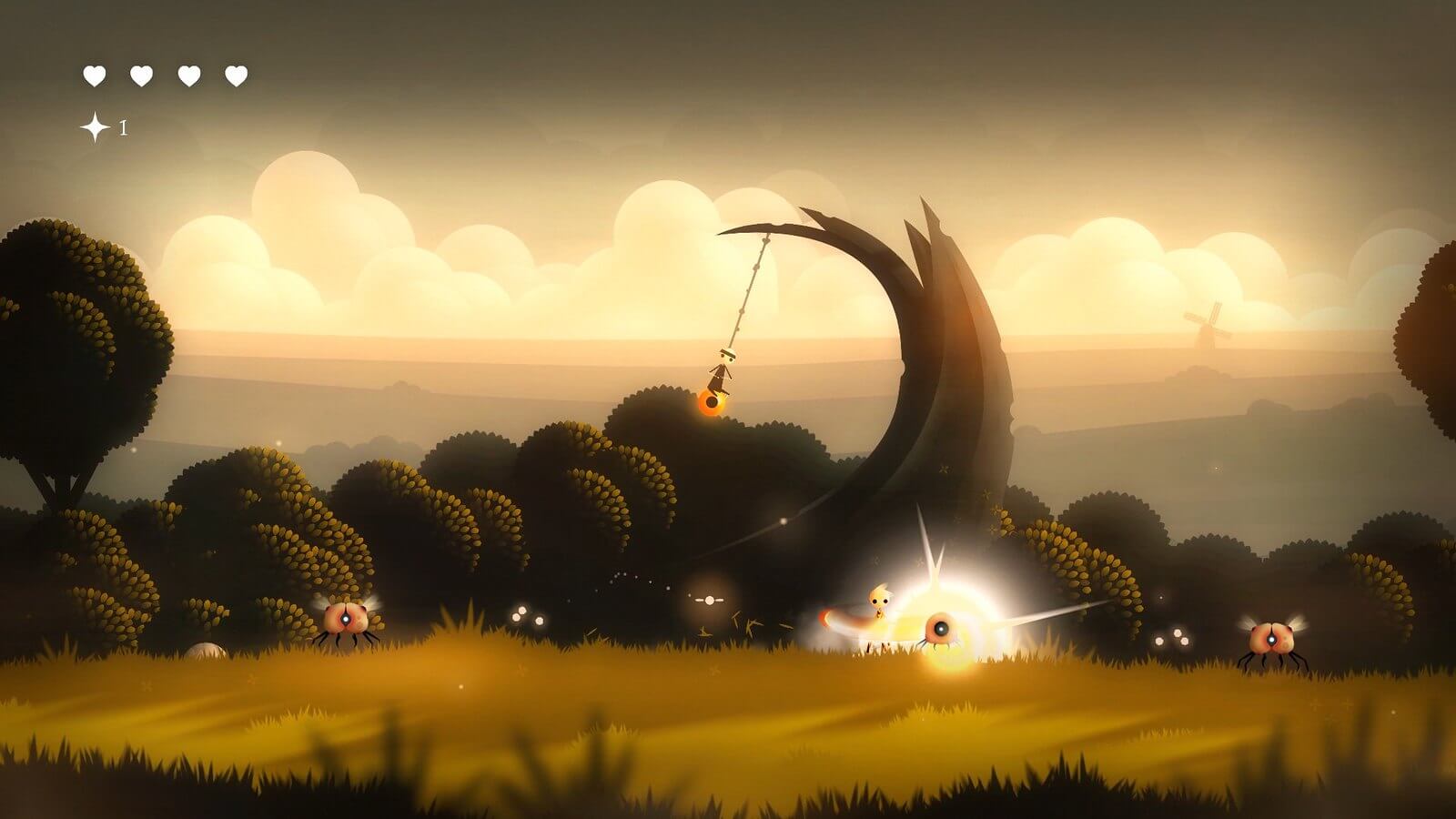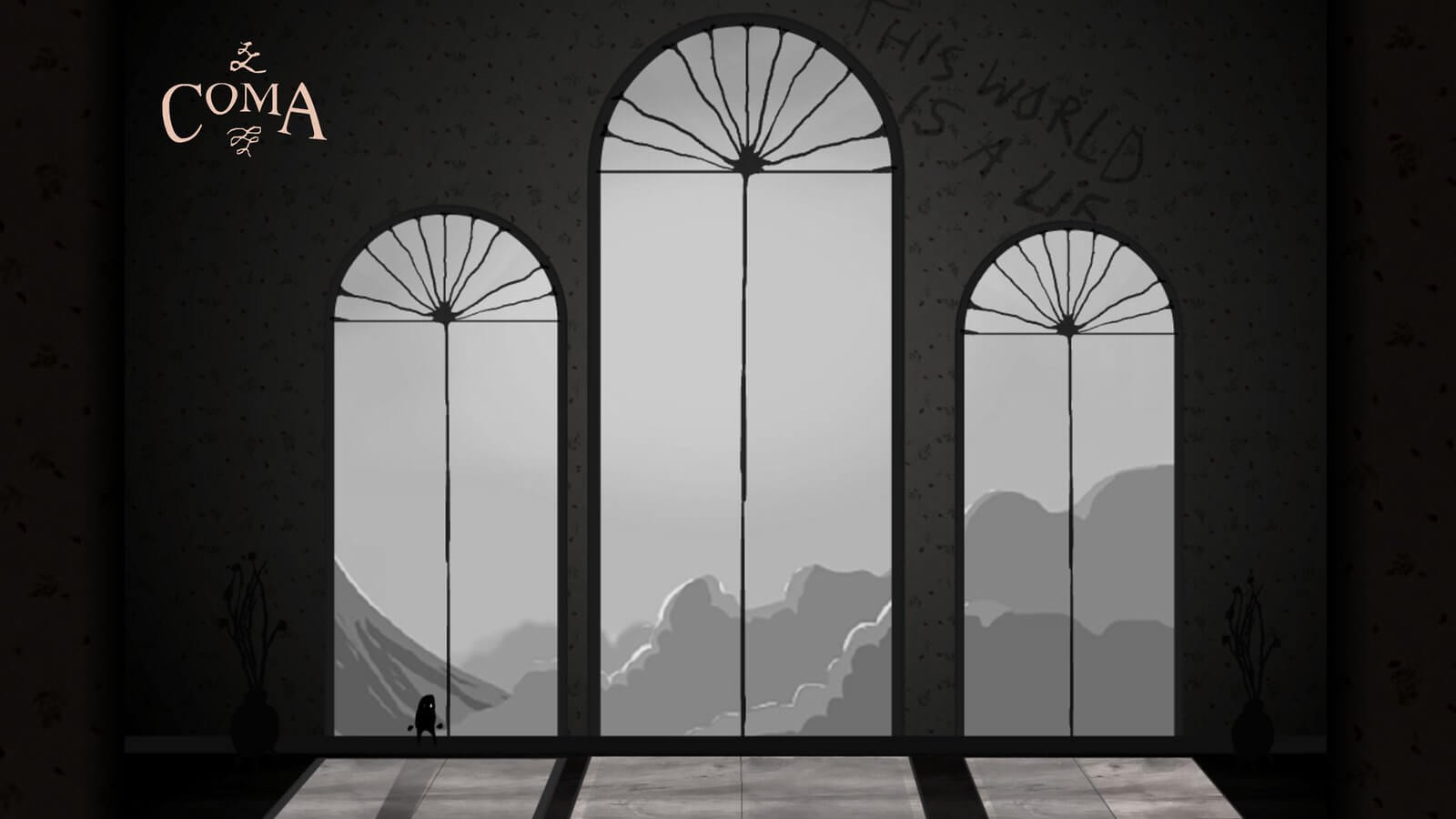Schlagwort: neversong
-

Wie ein 10 Jahre altes Flash Game zu Neversong wurde, das am 16. Juli auf PS4 erscheint
Reading Time: 5 minutesAls ich 18 wurde, entwickelte ich mein erstes Indie-Game mit dem Namen Coma. Während der Computerstunden beeilte ich mich mit meinen Aufgaben, um den Rest der Zeit damit zu verbringen, eine bizarre und doch schöne Welt zu illustrieren, sowie zu codieren. Abends in meinem Zimmer habe ich weitergemacht, beschämende Sprachaufnahmen getätigt und…
-

How a decade-old Flash game became Neversong, launching July 16 on PS4
Reading Time: 5 minutesWhen I was 18 years old I started making my first indie game, Coma. During computer lab, I would rush through my assignments just to spend the remainder of the period illustrating and coding a bizarre and beautiful world. I continued its creation into the evening in my bedroom, recording cringe-worthy voice…

